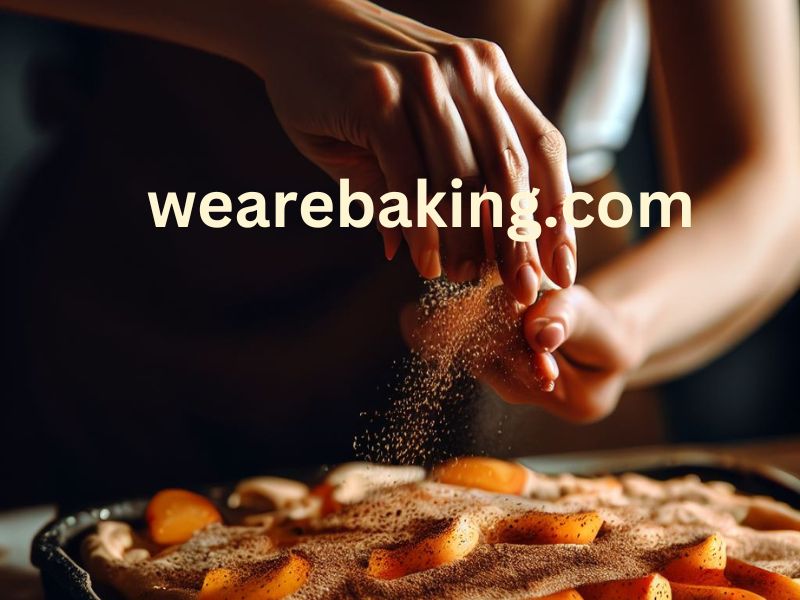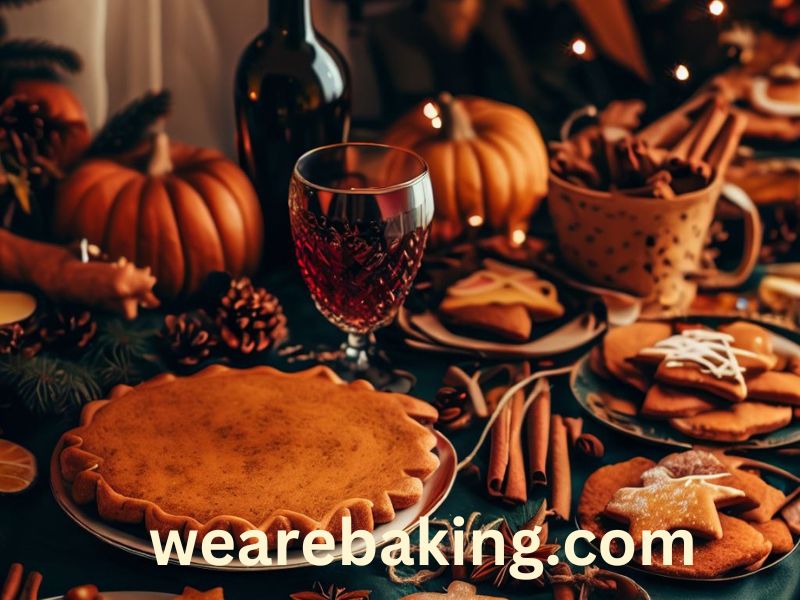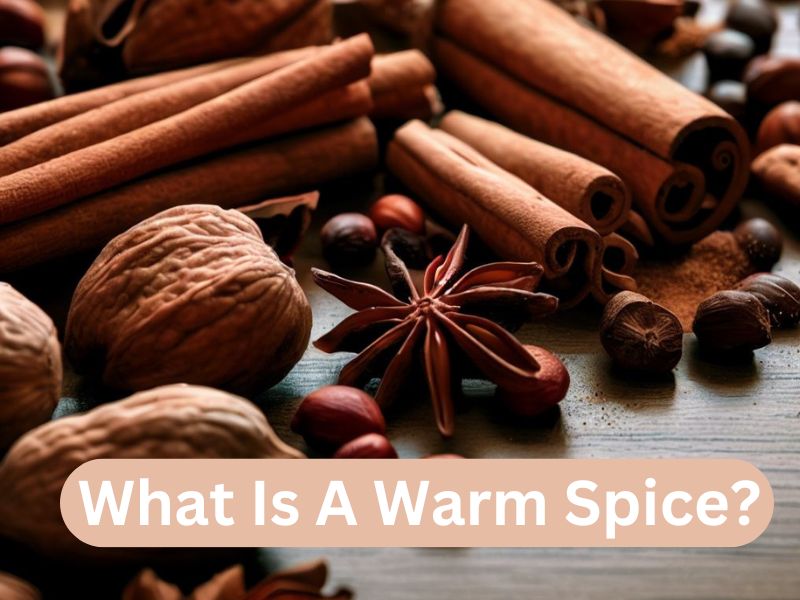When we talk about “warm” spices, it’s not just about their temperature. These special spices have a unique ability to raise feelings of comfort and coziness with just a pinch. But what exactly gives them this characteristic warmth?
The key qualities that define warm spices include:
Flavor – Often have rich, deep flavors that are comforting and remind us of fall or winter dishes.
Aroma – Warm spices have a sweet, spicy, and slightly woody aroma that evokes feelings of warmth and comfort.
Origin – Many warm spices came from regions with cooler temperatures for their supposed warming properties.
Color – Warm spices like turmeric, paprika, and cinnamon get their rich, vibrant colors from plant compounds. This color intensity reflects their flavor potency.
Chemical compound – Some warm spices contain chemical compounds that stimulate receptors in the mouth and skin. For example, capsaicin in chili peppers produces a burning sensation.
Warm Spices
The most common warm spices used in the kitchen include:
Cinnamon – Sweet and aromatic with hints of clove. Essential for baked goods.
Nutmeg – Warm, nutty, and slightly sweet. Pairs well with cream and custard.
Allspice – Combines flavors of cinnamon, clove, and nutmeg.
Cloves – Strong and peppery with hints of warmth.
Ginger – Fresh is more spicy, while dry is more mellow.
Cardamom – Intense, resinous, and citrusy. Popular in Indian cuisine.
Star Anise – Licorice-like with subtle sweetness.
Coriander – Citrusy and sage-like in flavor.
Fennel – Dried seeds from the flowering fennel plant. Imparts subtle anise/licorice notes.
Turmeric – The dried and ground root of a tropical plant. Earthy with tones of ginger and pepper.
Cayenne Pepper – Hot chili pepper turned into spice powder. Adds spicy heat and vibrant red color.
Baking/Cooking With Warm Spices


Warm spices shine in both sweet and savory dishes from all over the world.
Baked Goods
Cinnamon – This versatile spice adds warmth to cakes, coffee cakes, muffins, sweet breads, and cookies. It’s particularly welcome in apple and pumpkin baked goods.
Nutmeg – Subtle nutmeg enhances the flavor of custards, pies, doughnuts, whipped cream, and eggnog. It pairs perfectly with winter squash and cream cheese frostings.
Ginger – The brightness of ginger makes it right at home in gingerbread, molasses cookies, spice cakes, and gingersnaps. It adds bite to pumpkin baked goods.
Allspice – This spice blend livens up dark, dense baked goods like fruitcakes, bran muffins, and whole wheat breads. A pinch also enhances chocolate desserts.
Cloves – The potent flavor of cloves can transform gingerbread cookies, holiday hams, and old-fashioned spice cakes. Just use sparingly.
Savory Dishes
Cumin – This earthy, nutty spice is essential for chili, tacos, curry powder, and spice rubs for meats. It adds warmth without being overly spicy.
Coriander – Middle Eastern and Indian cuisine rely on this lemony spice to flavor tagines, curries, rice pilafs, marinades, and chutneys.
Turmeric – Turmeric adds earthiness, vibrant color, and a subtle peppery bite to curries, stews, roasted veggies, rice, and lentils.
Paprika – Smoked paprika adds a touch of heat and rich umami flavor to meat rubs, roasted potatoes, tomato sauces, egg dishes, and more.
Cayenne – Just a pinch of this hot spice livens up chili, tacos, soups, stir-fries, and Cajun seasoning blends. A little goes a long way.
Holiday Baking
What would the holidays be without warm spices? Pumpkin pie needs cinnamon, nutmeg, and ginger. Gingerbread cookies require ginger, cloves, and nutmeg. For mulled wine, cinnamon, cardamom, and star anise are musts.
Common Spice Mistakes

Adventuring into the world of spices can be both exciting and frightening. They have the power to enhance a baked good, they can also overpower it as well. Here are some common mistakes bakers make when using warm spices
Too Much – It’s easy to get carried away, especially when you love a certain spice. But adding too much can overpower the other flavors. For example, cloves are incredibly potent, and even a tad too much can make your dish taste like medicine. The key is to start with a small amount. You can always add more.
Using Old Spices - Using spices that have been in your cupboard for years can lead to bland results. Over time, spices lose their potency and aroma. If you have to use a lot of a spice to get its flavor or it doesn’t have a strong aroma when you open the jar, it is most likely to get rid of it. Do spices go bad? read this
Improper Storage – Spices are delicate and can be affected by light, heat, and moisture. Storing them next to the stove or in clear jars exposed to sunlight can degrade their quality. It’s best to keep them in a cool, dark place in airtight containers. This will help them retain their flavor and potency for longer.
Not Toasting When Needed – Some spices, especially whole ones, benefit from toasting before grinding. This releases their essential oils, intensifying their flavor. Skipping this step can result in a less flavorful outcome. However, be cautious; over-toasting can make spices taste bitter.
Depending Only On Ground – While ground spices are convenient, they often lack the robust flavor of freshly ground spices. For instance, freshly grated nutmeg is more aromatic and flavorful than its ground version. Investing in a spice grinder and whole spices can make a significant difference in the depth of flavor.
Not Understanding Spice Pairings - Some flavors complement each other, while others might clash. For example, while cinnamon and nutmeg go well together, pairing a strong spice, like clove, with another dominant spice might not always give the best results. It’s important to understand these factors and experiment to find the perfect combinations.
Follow these tips to maximize the flavor, aroma, and health benefits of warm spices:
🍪 Tips for Baking/Cooking with Warm Spices 🍲 |
|
|---|---|
| Buy whole | Purchase whole spices instead of pre-ground for fresher flavor. |
| Toast briefly | Toast spices in a dry pan to boost their aroma. |
| Grind as needed | Grind whole spices right before using for the best taste. |
| Start small | Begin with a little spice and add more as needed. |
| Layer spices | Mix different spices together for complex flavors. |
| Use early | Add spices at the start of cooking for the best flavor infusion. |
| Store properly | Keep spices in a cool, dark place in sealed containers. |
| Brought to You by wearebaking.com 🍰 | |
Final Thoughts
Warm spices give you a warm and comforting feeling, especially in cool weather. These spices, like cinnamon and nutmeg, have strong flavors and smells. They can make both sweet and salty foods taste better. But it’s important to use them the right way. Too much can ruin a dish, and old spices might not taste good. It’s best to keep them in a cool, dark place and use them as the recipe says. If you take care of your spices and use them right, your baked goods will taste great.
What is your favorite warm spice? Please leave me a comment below
And As Always
Keep On Baking
Taianne
Here is a recipe for Cinnamon Apple Crisp using warm spices, cinnamon, and nutmeg.
Share the love

I’m Taianne, the owner and operator behind We Are Baking. Baking my first cake at age 11 hooked me on creating sweet treats. Though my interest faded during childhood, it was rekindled when I married my apple pie-loving husband. I love trying new recipes, tweaking classics, and helping others learn the science and art of baking. I started We Are Baking to share tips, tricks, and favorite recipes I’ve discovered over the years. When not in the kitchen, I enjoy spending time with family and friends. My goal is to inspire others to embrace their creativity through baking. Feel free to contact me with any questions!
Taianne@wearebaking.com

